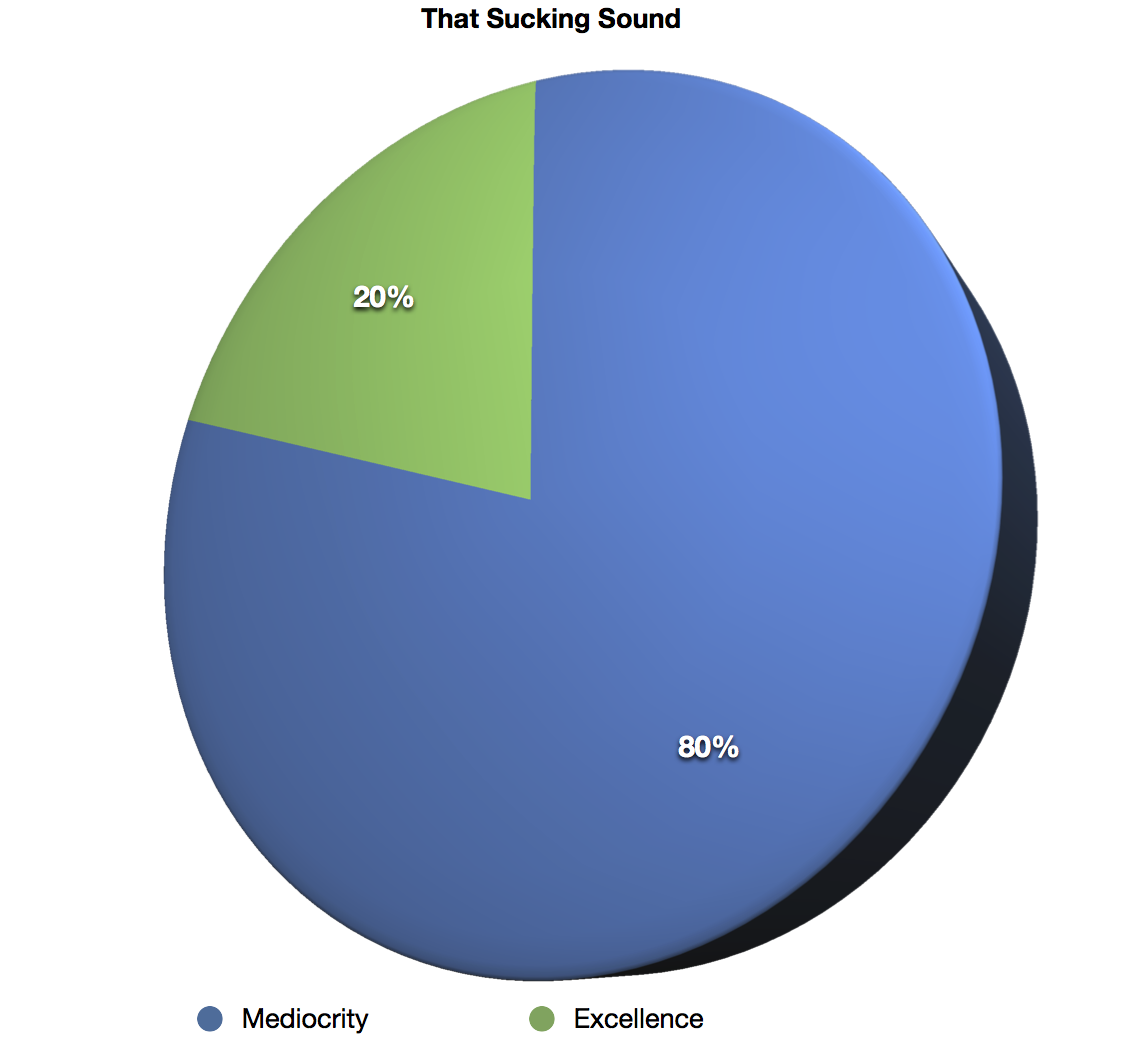Category: News
-

Unlocking Learning Potential – Integrating Classical Approaches, the Dreyfus Model, and Bloom’s Taxonomy in Adult Continuing Education
As I delve into the concept of hyperlearning, it’s crucial to first understand the contrast between Classical Learning and Continuing Adult Education with Hyperlearning. This knowledge is vital, especially in the current era of megatrends like Industry 4.0 and cognitive technologies such as artificial intelligence (AI) and generative AI (GenAI). These trends are reshaping the…
-

The Most Powerful Question
I’ve always lived under the assumption that the question “Why” what the most powerful question. I’m now convinced there is a more powerful question that can unlock change in people. The question is, “What am I grateful for?” I just read this article on The Ladders written by UCLA researcher, Alex Korb, PhD. Alex is…
-

Who Owns the Space In Between?
GUEST BLOGGER Stuart Scott “Making space for powerful conversations” After 20+ years in the software business, Stuart tends to look at software development in terms of human interactions. After all, most of the effort that goes into creating, selling, and using software consists of people working with people to serve people. And most…
-

Review of Writing Kit for iPad
Review of Writing Kit for iPad
-

Pareto’s Principle and that Sucking Sound in your Organization
Think about this statement: 80% of the people that need your help don’t know they need your help. Here is another statement: 80% of the people that need to read this blog post will never search for it. Another: 80% of the people that actually find this post and read it won’t actually believe it.…
-

NFL and ESPN leaving money on the table?
-

Overcoming the role of cognitive bias in critical decision making
Folks attending Agile 2013 got a treat this yesterday. Former colleague Manoj Vadakkan and Agilist Bob Payne are going to address how cognitive bias plays a role in Agile Adoption . In researching and garnering feedback, Manoj and I were swapping anecdotal stories of cognitive bias. I’m going to share two here. If you happen…
-

An Optimistic Enemy of the State?
I picked up this quote through the Internets from Jeffrey Tucker via a friend. Someone on Reddit asked about my optimism. My response below: The state in all times and all places wants a population of despairing, dreary, hopeless, and weighted-down people. Why? Because such people don’t do anything. They are predictable, categorizable, pliable, and essentially powerless.…
-

Key Skills for Leaders of Transformations
Here is my list of Key Skills for Managers and Leaders that I’ve been cataloging for a couple years now. Content Skills Core Skills Direct Skills Transdisciplinarity New-Media Literacy Computational Thinking Visioning Explicit Skills Three Horizons Thinking Building Community Story Crafting Mentoring Virtual Collaboration Social Intelligence Design Thinking Process Skills Lean Product Development Change Management Skills…
-

A Soldier’s Welcome Home
I approached my gate at O’Hare today and there was a large crowd gathered looking toward the aircraft and tarmac outside. There I saw a ground grew unloading luggage, and two fire trucks with lights blazing. Upon closer glance I realized what the crowd had stopped to watch. The firemen were lined along the baggage…